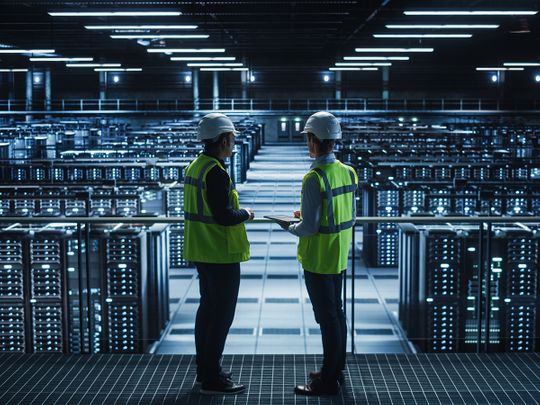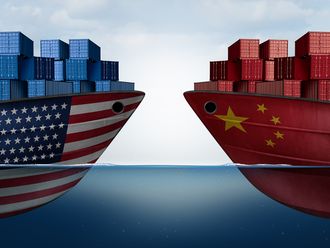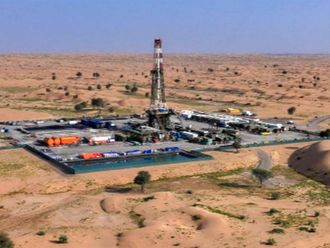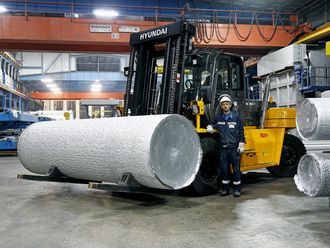
By now, we should all know that digitisation is not a fad. It is our way of life.
The Fourth Industrial Revolution recently got a turbo boost in the form of a series of externalities – a pandemic, a recession, supply-chain hiccups, and inflation – that caused Middle East decision-makers to flock to the intelligent cloud. The cloud was the answer to many problems: business continuity, employee safety, cost savings, operational agility, compliance, security, and more.
As we now know, GCC countries and many of their regional peers were able to weather the many storms that followed the Covid crisis.
However, amid this innovation boom lurks a downside. The cloud lives in data centres, where server farms host countless empowering platforms, applications, and services. But those servers consume energy.
They have a footprint.
Make up that 1%
The International Energy Agency tells us that data centres are responsible for about 1 per cent of the world’s energy-related GHG emissions. And according to a recent article in New Scientist, a typical data centre can use up to 19 million litres of water per day – almost eight Olympic-sized swimming pools. In a region that is preoccupied with water shortages and sustainability issues, these figures are startling.
The companies that run hyperscale clouds also have the power to influence, even support, the move to sustainable energy. Not only can they provide other organisations with data at scale to guide their net-zero journeys; they can lead by example.
Microsoft has been carbon-neutral since 2012 and is working towards being carbon-negative by 2030 and removing all the carbon we have emitted in our corporate history by 2050. Additionally, Microsoft was the second largest buyer of power purchase agreements (PPAs) in 2021. Through PPAs, companies commit to buying renewable energy from future sustainable projects, thus supporting their success.
By 2025, we aim to have shifted to 100 per cent supply of renewable energy, meaning PPAs for 100 per cent of carbon-emitting electricity within our data centres, buildings, and campuses. And we use our technology and expertise to empower other eco-conscious organizations in their net-zero efforts.
In the UAE, for example, we are aligned with the government’s positions on climate change and sustainability, and we worked with Bee'ah in Sharjah and DEWA in Dubai on sustainable smart buildings for their headquarters.
Use energy on need-to basis
In future, digital tools can help grid operators like DEWA to adjust loads during periods of peak demand and the Internet of Things (IoT) can come with AI in a variety of energy-efficiency use cases, doing everything from resolving supply-chain issues to enhancing the accuracy of weather-forecasting.
So, what we are talking about here is a valuable trade-off. Tackling our climate change issues will lead to more demand for cloud computing, but the resultant increase in energy consumption will be offset by far greater reductions elsewhere, thanks to the intelligence within that cloud.
We each have a part to play – governments, businesses, and individuals – in our shared sustainable future. Our children, their children, and thousands of generations yet to come will judge us on what we do in the next few years.
To return to the figures, data centres may be thought of as hosts to 1 per cent of the problem, but they are also home to an incalculable part of the solution. I find this cause for hope…













